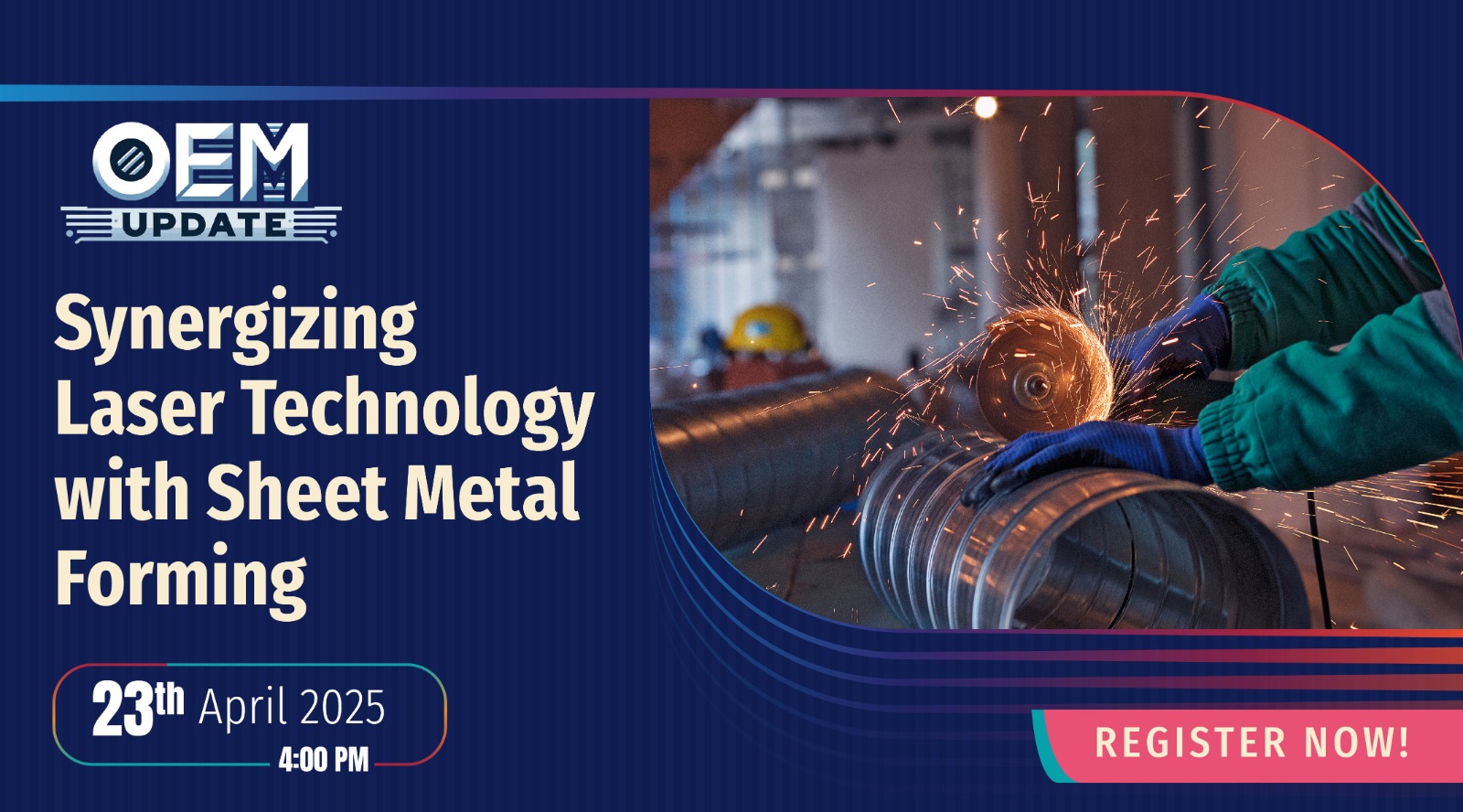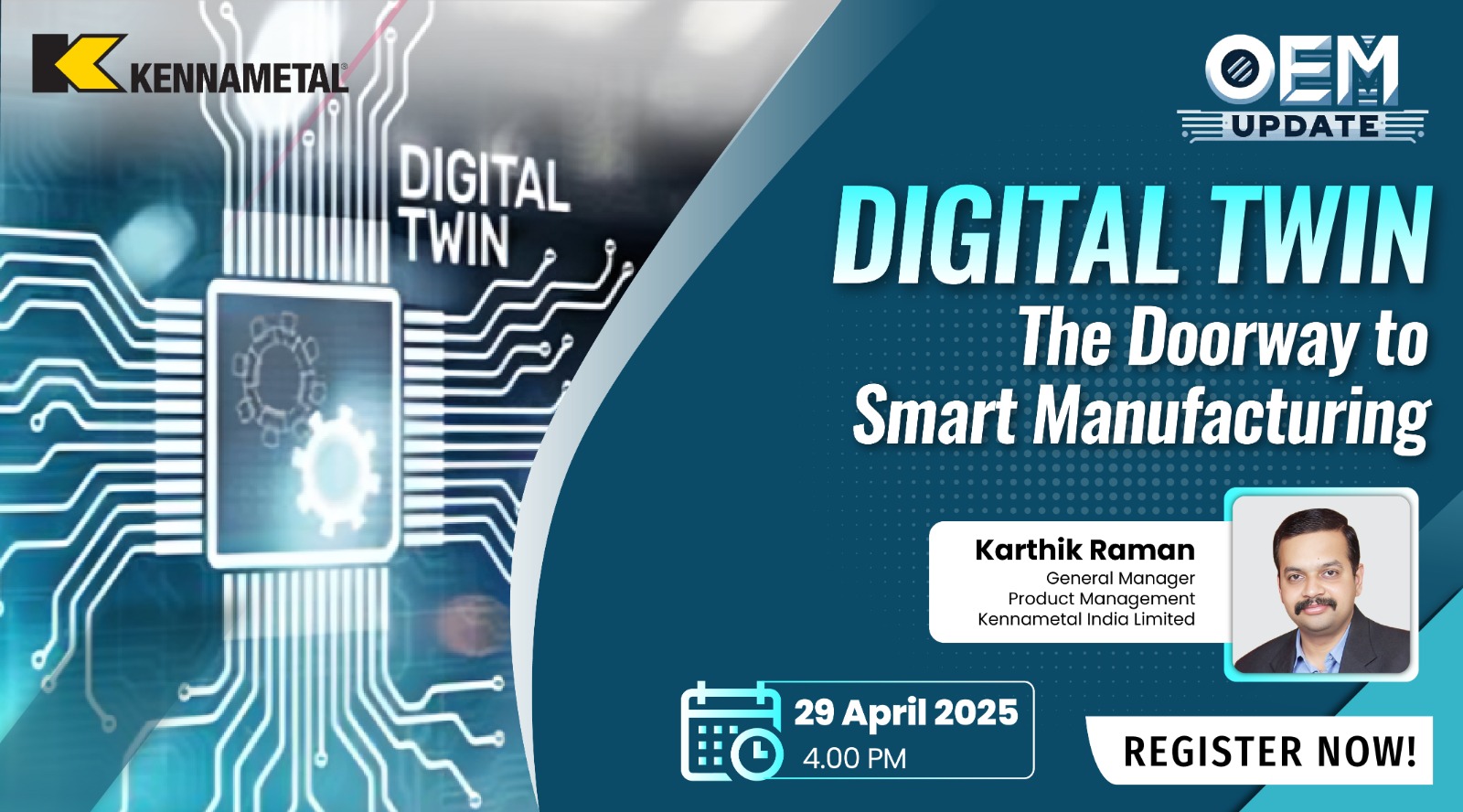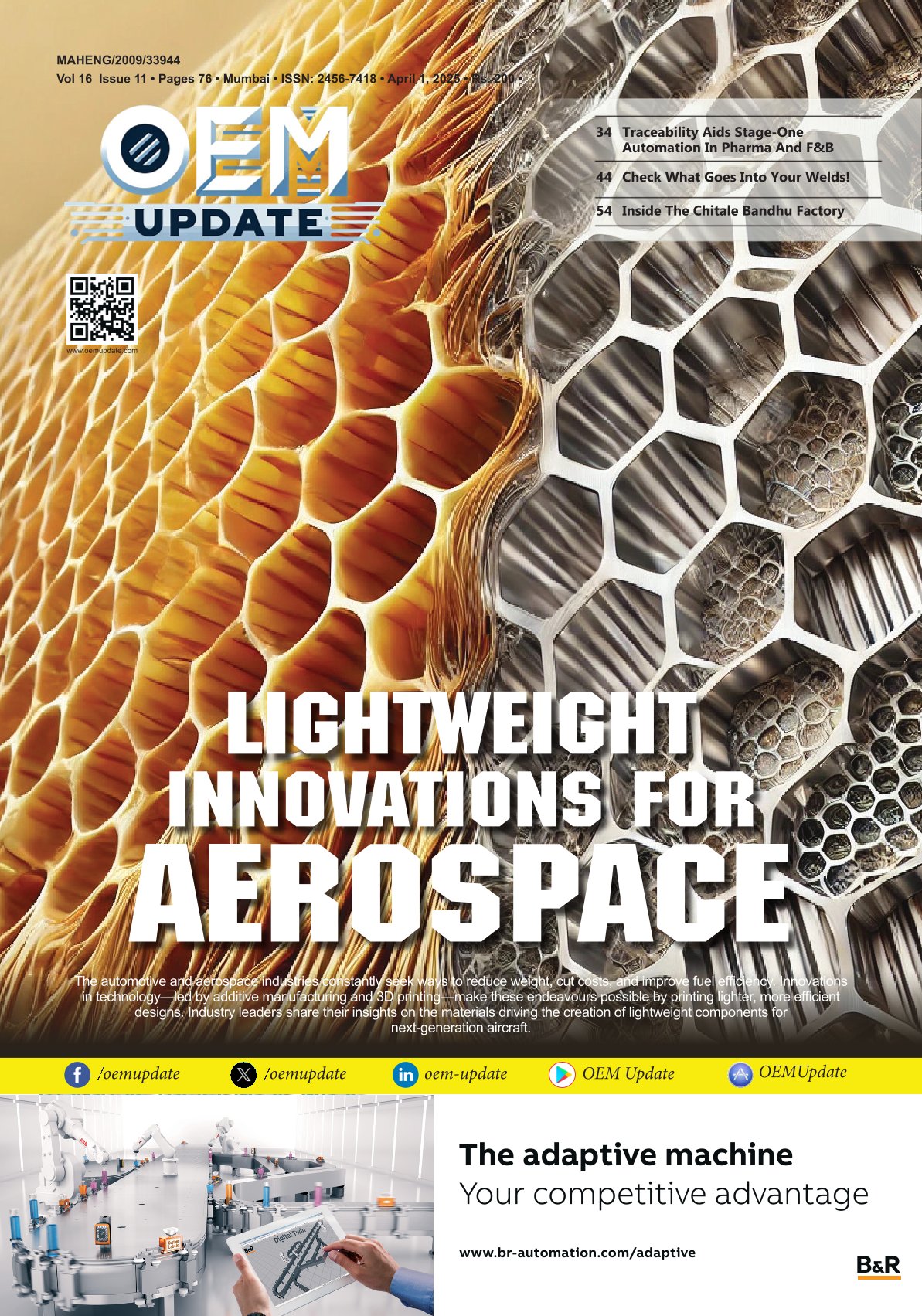Decarbonising aerospace
By Staff Report August 31, 2024 11:29 am IST
Aerospace manufacturing is at a crossroads towards decarbonisation, grappling with various technologies. The industry faces major hurdles in decarbonisation, but advancements in Sustainable Aviation Fuels (SAF), green materials, and innovative technologies are a ray of progress.
In the past decade, we witnessed a seismic shift towards Aerospace and defence sectors, with firms like SpaceX and Axiom exploring the wider part of space. The focus was resorted to space manufacturing, also doing so sustainably. The aerospace and defence sectors have major challenges decarbonising their operations due to complex technological, regulatory, and monetary barriers. Commercial aviation accounted for roughly 3 percent of global CO2 emissions in 2019. Since every penny counts, conditioning the manufacturing to reduce this fuel usage depends on the manufacturers and the new efficiency developments.
Sustainable Aviation Fuels (SAF), environmentally friendly materials, and new propulsion systems are making the way for a more sustainable future. From the first military aircraft flight on 100 percent SAF to implementing digital twins and smart energy management systems, SAF will play a major part in sustainable aviation technologies.
The road is far from easy, with the requirement of continual research, legislative assistance, and public awareness to reach long-term sustainability goals, shares P Satish Menon, Consultant and Navy Veteran, ex-Thales, Honeywell, and UTC Aerospace. As the aerospace sector edges closer to its ambitious zero emissions target for 2050, the path forward remains fraught with challenges.
The aerospace sector carries a different approach to adopting decarbonisation since the contribution of aerospace manufacturing is minute compared to the overall population. The lack of a profit-making nature is also one correspondent. Despite this, efforts are being made to reduce their environmental impact. However, the motivation may not be very high, as the sector is meant to act swiftly.
Solutions
Ravi Chandra Achanta shares, “The International Civil Aviation Organisation (ICAO) and Ministry of Civil Aviation work together to establish policies and incentives for companies to adopt carbon-neutral practices, especially in SAF technologies. Incentives are crucial for airlines and OEMs to balance profits, promoting decarbonisation and carbon reduction.”
The Carbon Offsetting and Reduction Scheme for International Aviation (CORSIA) requires airlines to offset the growth in their emissions above 2020 levels. To do this, they must purchase emission units from projects that reduce emissions in other sectors. India is required to comply with the mandatory phase of CORSIA starting in 2027.
Taking cues, Rolls Royce has partnered with the Royal Air Force to complete the first flight of a military fighter aircraft, which is 100 per cent run on sustainable aviation fuel (SAF), a topic of significant research in the aviation industry.
The success of Spice Jet’s biofuel flight in India last year demonstrated the potential of SAF. However, the adoption of SAF is not yet fully understood, and it is important to educate and raise awareness among regular users. Production costs and the supply chain need to replicate the process with logical costing. Future startups and companies should consider these factors, as safe aviation fuels recycle waste into aviation fuel.
India plans to introduce 25,000 aircraft on Sustainable Aircraft (SAF) by 2070, assuming all necessary infrastructure is in place. The process involves background work, ensuring all aircraft are modified for SAF use. This is crucial to avoid delays and loss of the purpose of SAF. The airports will be designed for both EV and solar charging, and the carbon footprint for aircraft will be tracked through various software.
Manufacturing light weighting
Composites in helicopter and Light Combat Aircraft (LCA) aircraft designs have reduced metal usage and made them lighter in volume and weight. The digital twin concept has improved the entire design cycle. A few decades ago, calculations were done in a notebook when working on the PSLV. Values can be compared on a single screen, allowing faster transactions between FAA and practical models. This digital twin concept has improved test cycles and sped up the entire design cycle, allowing for more accurate results.
The aerospace industry has improved furnace efficiency through thyristors and temperature control systems. This has led to a 2 or 3 per cent efficiency in furnaces, improving energy monitoring and payback. Automation has allowed record-taking, monitoring, and control of these processes. Today, automation companies use sensor-to-boardroom technology, allowing even CEOs of large aircraft companies like Boeing or Airbus to monitor energy consumption, fuel consumption, and savings. Efficient engines in aircraft can reduce environmental impact, with GTF engines claiming that even a 10 to 18 per cent increase in engine efficiency can improve the overall stance of these vehicles.
Military decarbonisation strategies
The Indian Defence Forces focus on drones and UAVs powered by sustainable fuels, batteries and solar power. The motivation for these technologies may not be as high as expected, but they are consistent with sustainable practices. The components of aircraft, including cables, materials, and engines, ensure sustainable practices. By reducing 20–25 per cent of carbon emissions, these technologies could improve the efficiency and effectiveness of the fighting machines in the defence forces.
Instrumentation advancementsRajshekhar Uchil, Director, Aerospace Division International Society of Automation, highlighted the importance of adopting instrumentation technologies in the aviation industry for noise monitoring and carbon tracking. He stated the need for continuous carbon tracking schemes, which compare carbon consumption to conventional fuel consumption. Improving pump systems, variable frequency drives, temperature control, conveyor systems, and control can bring a hefty difference.
Zero emissions by 2050
The Future of Passenger Planes (TTBW) covers advanced materials in reducing weight and improving aerodynamics in aircraft design. The Boeing Aurora Flight X 66 is a reference for this, emphasising the need for multiple simulations and evaluations in the design process. Interiors are a key focus for airlines and aircraft manufacturers. Airlines can use lighter or thinner materials, reduce seat pitch size, and incorporate honeycomb structures in interior wall designs to reduce weight instead of a sheet and improve non-performing elements. These advancements are still in their early stages, but their impact on performance and structural elements is significant.
Alternative
Rajshekhar Uchil notes that a startup in IIT Chennai has developed a key plan and is now seeking funding from venture capitalists to commercialise it. Large companies are using technology to convert aircraft to run on electric vehicles (EVs). EVs will still be powered by sources other than thermal power plants, which may not be considered power-friendly or carbon-neutral.
Rare materials used in batteries in EVs are mined, causing pollution and damaging areas of the ground. Lithium is found in Brazil’s Amazon, and the appeal is causing a wide range of damage. Rolls-Royce, Airbus, and Collins Aerospace avoid these technologies without extensive research. The maximum thrust required by an aircraft is during take-off, where it burns maximum fuel. After reaching the required altitude, it focuses on cruising to point B. Studies have shown that converting aircraft to electric power can provide better benefits and a low carbon footprint. This is because less fuel consumed leads to less carbonising of enrolment.
Much research is needed to decarbonise aerospace manufacturing while harnessing alternatives and utilising existing technology. In the Indian context, the government has allocated funds for modular reactors, nuclear technology, and digitisation. The booming start-up culture has also shown interest in this sector and is thriving to reach a global where the world aspires to take inspiration from them.
————————————————–
P Satish Menon, Consultant and Navy Veteran Ex- Thales, Honeywell and UTC Aerospace.
“The introduction of efficient engines, like GTF in aerospace manufacturing, can reduce environmental impact, with claims of a 10 to 18 per cent increase in efficiency improving overall sustainability.”
Rajshekhar Uchil, Director, Aerospace Divn International Society of Automation.
“Automation and the digital twin concept in aerospace manufacturing have improved design cycles and precise energy monitoring, leading to substantial energy and cost savings across the industry.”
Ravi Chandra Achanta, CEO, EAS-T Autonomous Solutions.
“Advancing sustainable manufacturing, refuelling, and aircraft design with SAF, EVs, and lightweight materials is vital for minimising aviation’s environmental impact by 2070.”
Cookie Consent
We use cookies to personalize your experience. By continuing to visit this website you agree to our Terms & Conditions, Privacy Policy and Cookie Policy.


















